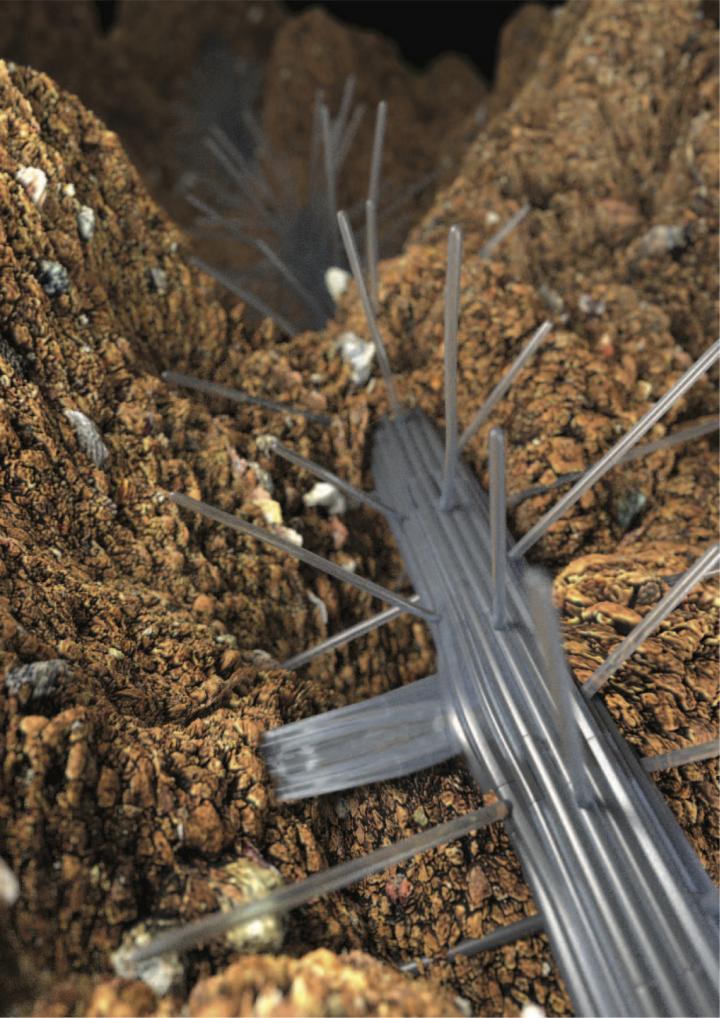
Credit: Daniel von Wangenheim
New research has discovered how plant roots sense the availability of moisture in soil and then adapt their shape to optimise acquisition of water.
The discovery could enable crops to be bred which are more adaptive to changes in climate conditions, such as water scarcity, and help ensure food security in the future.
These findings, published in the journal Science, describe a new molecular mechanism discovered by collaborating teams at the universities of Nottingham and Durham, primarily funded by a joint award from the BBSRC.
Roots are critical for plants to acquire water and soluble nutrients from the soil. Water is essential for plant growth, yet changing climatic conditions makes acquiring moisture from soil even more challenging. Plants are able to adapt to different soil moisture conditions by altering their root architecture, but up until now, it was not understood how this is done.
Root branches only form when in direct contact with soil moisture using an adaptive response termed ‘hydropatterning’. Professor Malcolm Bennett of the University of Nottingham, and Professor Ari Sadanandom from the Department of Biosciences at Durham University, discovered that hydropatterning is controlled by a branching master gene called ARF7. Their teams observed plant roots lacking ARF7 were no longer able to hydropattern. The researchers concluded that when roots are exposed to moisture ARF7 remains active and promotes root branching, but when exposed to air, ARF7 is modified and inactivated, blocking root branching.
Professor Sadanandom explained: “Plants are relatively immobile and therefore their growth and development is very much dependent on their environment. Our research has identified the particular protein which can modify, and even inactivate root branching, therefore limiting plant growth and development.
“This is hugely exciting as it opens up the possibility for us to adapt this protein interaction and potentially develop plants that could continue to branch roots even in challenging conditions such as water scarcity.”
Professor Bennett concluded: “Water is critical for plant growth, development and, ultimately, their survival. Surprisingly, understanding how plants sense water availability has eluded scientists until now. By studying how plant roots modify their branching in response to water availability, we have uncovered a novel molecular mechanism. This represents a major step forward and opens the way for breeders to develop new crops better adapted to climate change and helping deliver global food security.”
Food security represents a pressing global issue. Crop production must double by 2050 to keep pace with global population growth. This target is even more challenging given the impact of climate change on water availability and the drive to reduce fertilizer inputs to make agriculture become more environmentally sustainable. In both cases, developing crops with improved water and nutrient uptake efficiency would provide a solution.
###
Media Contact
Jane Icke
[email protected]
01-157-486-426




